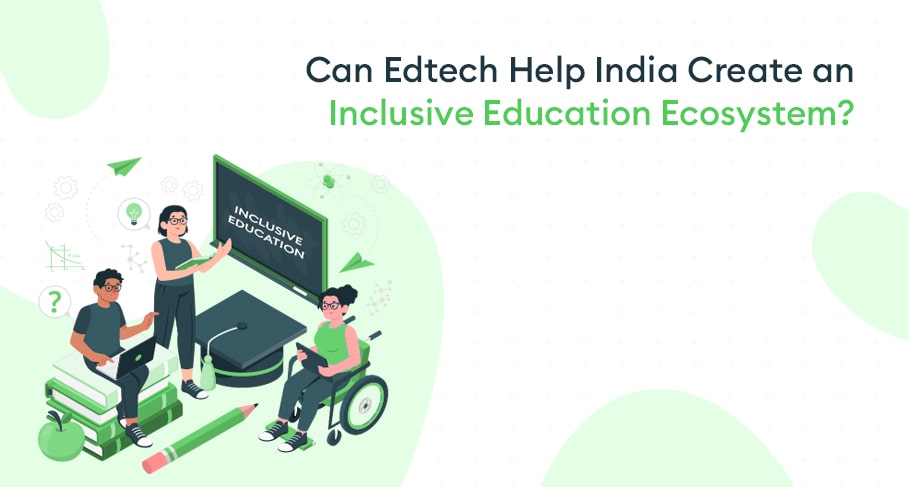The educationist and founder of the TreeHouse chain of schools hope technological infrastructure and social outreach will make education accessible to every Indian.
According to a 2023 newspaper report, the EdTech industry in India is expected to reach a ‘whopping valuation of $4 billion by 2025 at a CAGR of 39.77%’. With more than 10,000 EdTech startups, will education in India become more advanced, accessible, and affordable?
Educationist and founder of the TreeHouse chain of schools, Rajesh Bhatia, responds, “EdTech industry has had a transformational impact on India’s education system during the COVID-19 pandemic, and I hope, it goes on to promote an inclusive, innovative, and engaging learning ecosystem in India, especially for the benefit of underserved communities.”
Bhatia enlists five ways through which EdTech can promote inclusivity in India:
Technology can make learning more personalised
As per the 2022 Indian Pediatrics report, around 5 to 15% of school-going children have learning disabilities that are not easily noticeable. EdTech tools can personalise learning and help teachers to evaluate such children more insightfully. Tools such as Machine Learning (ML), Artificial Intelligence (AI), and Big Data will help teachers tailor their courses to the student’s needs, who can take their own time to work through a series of adaptive lessons. These tools can also help teachers to monitor a student’s progress systematically. Adaptive, individualised, and competency-based learning can help traditionally neglected students in conventional systems.
EdTech can serve the differently-abled better
How do we bring differently-abled children with speech impairment, cerebral palsy, or autism into mainstream education? EdTech can help, as I said before, by personalising learning processes with the help of larger font sizes, text-to-speech features, braille-enabled accessories, and headsets compatible with hearing aids. In the case of severe impairments, it can also enable children to access learning from wherever they are. Assistive technologies like Augmentative and Alternative Communication (AAC) can also help differently-abled students to communicate with their peers through pictures, symbols, and drawings.
Also Read: Inclusive Education For Students With Hearing Impairment
EdTech can empower rural students
EdTech tools can enable rural children to access education, especially in remote areas with a poor teacher-student ratio. AR and VR, multilingual and conversational AI bots connected with Whatsapp, and remote learning can help these students interact with faculties and transcend their geographical and social limitations. This will significantly help young girls who have to drop out of schools that are too far from home or are considered unsafe due to a lack of toilet facilities. The question of affordability and accessibility, however, remains as technological infrastructure in rural India is still not as extensive as it is in urban areas.
EdTech can empower women and girls
EdTech platform Coursera states that women constitute up to 38% of the 18 million learners in India. If we could reach all young women and girls, no matter which village or town they come from, with online learning platforms and various EdTech tools, we would genuinely democratise education and curb instances of early marriage. Cutting-edge technologies and immersive learning tools can also help in the reskilling and upskilling of women, prepare them for better employment prospects and foster their financial independence. But again, how we can bring these empowering technologies to all women is a question that needs to be answered.
EdTech can make education affordable
As mentioned before, EdTech platforms can make education accessible to underserved sections and globally too. They can promote a borderless, more affordable model of education. For instance, a student in a small town in India may be able to access an online course from a foreign university at a lower price than if they were to attend it physically. Learning materials in a digital format are also much more economical than books. Education would become somewhat equitable if all students could access them via WhatsApp. EdTech can also help students who may not be fluent in English to learn their language. However, as I keep emphasising, this inclusivity can be achieved only when the existing digital, gender, economic, and social gaps and the urban and rural divide can be addressed efficiently. Better utilisation of EdTech is possible only when technological and social outreach goes hand in hand.


